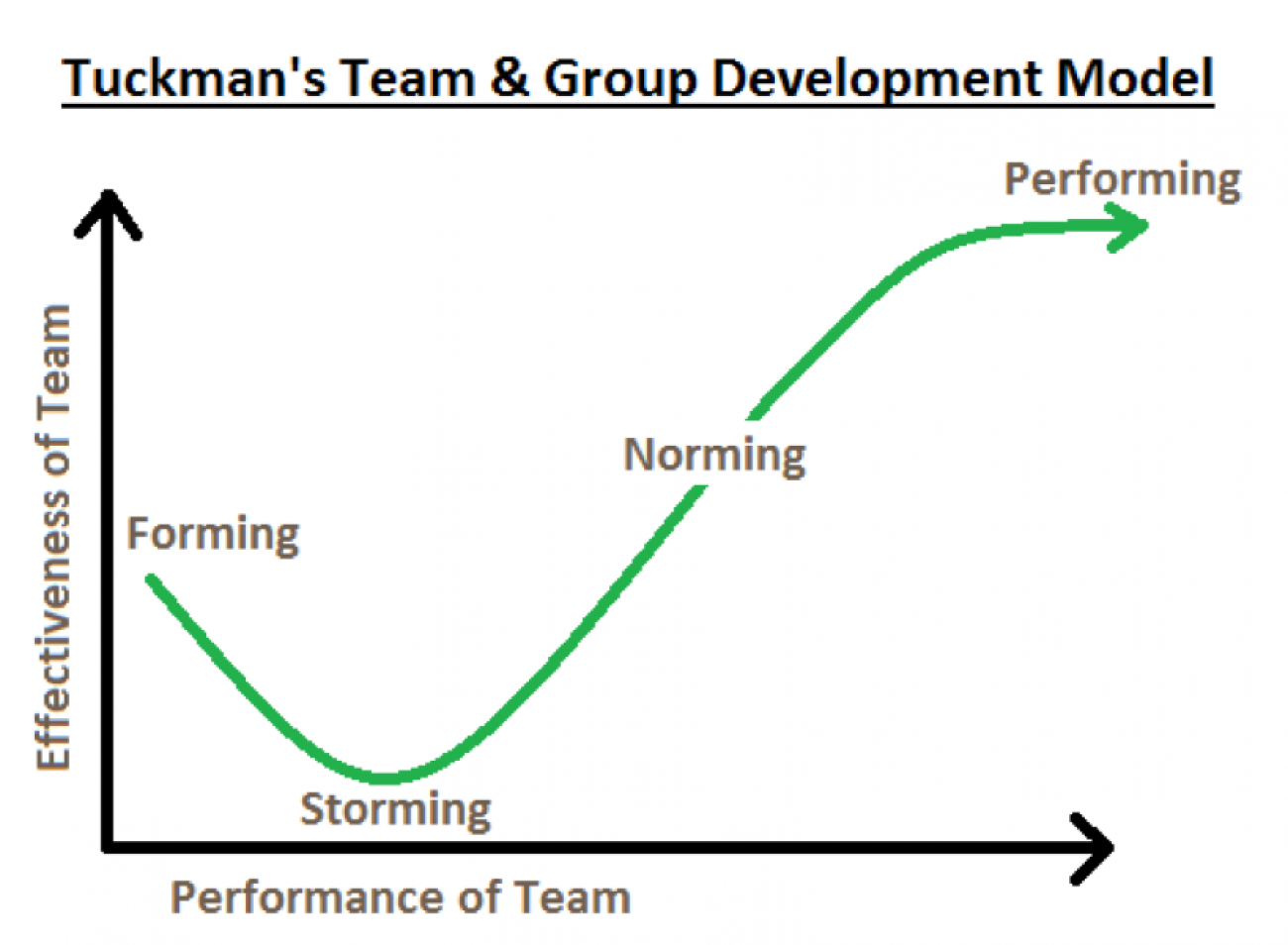The power of marignal gains
It can often feel like to make a positive impact on your practice you have to make huge, costly and time consuming changes. Perhaps this is upgrading the practice, taking on a new specialist, or  investing in expensive management software.
investing in expensive management software.
However, as so well said by Muhammad Ali:
“It isn’t the mountain ahead to climb that wears you out, it is the pebble in your shoe”
Owning a dental practice, running a small business and being an ethical clinician can be tiring. Often it is the small things that bear down on us. Whether it be an IT issue, a grumpy receptionist, a prima donna associate, a nurse always off sick on a Monday. These small problems (and many more) are the items that wear us down.
Have you considered that the smaller changes you are able to make could have a greater effect than one large change? Let’s explore marginal gains, the concept that if you improve every area by just 1%, the small gains will add up to make a remarkable improvement.
Sir Dave Brailsford, a former professional cycler, used the theory of marginal gains to lead the British cycling team to win 7 out of 10 medals at the Beijing Olympics, when prior to this only 1 gold medal had been achieved in the past 76 years! He believed that if the team broke down every component that goes into competing on a bike, and then improved each element by 1%, they would achieve a significant aggregated increase in performance. The theory achieved astounding results and Sir Dave now leads Britain’s first ever professional cycling team, which has won three of the last four Tour de France events.
“Perhaps the most powerful benefit is that it creates a contagious enthusiasm. Everyone starts looking for ways to improve. There’s something inherently rewarding about identifying marginal gains. People want to identify opportunities and share them with the group. Our team became a very positive place to be.” Sir David Brailsford
To begin with there may not be a huge noticeable difference from the 1% improvements made, but over time they can have a huge impact on performance. Take for example breaking down the customer journey into several steps to make improvements:
- Firstly you implement a system that the phone is consistently answered within 3 rings, imagine that relates to 1 new patient per day.
- Next, you improve the calls to action on the website, another new patient a day.
- You could encourage google reviews to increase search rankings, another new patient finds you.
- You then train the reception team to support incoming calls and convert more to appointments.
Imagine you implement these four items and each attracts one new customer per day. When you consider a new patient being worth around £350 a year that could total around £78,750 per item and around £315,000 extra income throughout the year. These 4 improvements to the customer journey do not cost a huge amount to implement. For example, consider investing in a virtual PA, a refresh of your website homepage and even sending reception staff on a customer service course. Spending as little as £5000 to make those 1% improvements could bring in a huge increase in revenue from new patients.
The theory of marginal gains was utilised by Virginia Mason Medical Centre effectively who introduced an adapted version of the Toyota Production System, also known as lean manufacturing. This was a patient safety alert system where all staff members who encountered a situation where a patient could be in danger make an immediate report and cease activity that could cause further harm. An investigation is then immediately launched with the aim of finding a solution as quickly as possible. This system has resulted in a culture of safety and reporting meaning issues can be identified and resolved quickly. They have seen patient safety increase massively as issues are reported and resolved as rapidly and efficiently as possible. Negligence claims reduced by 74%!
Consider how you could do this in your practice. Adapting a growth mindset is essential, as you will need to identify opportunities for improvement in order to make the 1% improvements. You’ll also need to encourage your team to participate and break down processes into their simplest form to identify opportunities to improve.
“One caveat is that the whole marginal gains approach doesn’t work if only half the team buy in. In that case, the search for small improvements will cause resentment. If everyone is committed, in my experience it removes the fear of being singled out — there’s mutual accountability, which is the basis of great teamwork.” Sir David Brailsford
You are likely to see the Bruce Tuckmans 1965 theory come into practice as the team adapt to the new system. Forming, Storming, Norming and finally Performing. Expect there to be resistance and disruption when you institute change. But with perseverance you will enjoy the fruits of your labours. Consider how you will introduce marginal gains to your practice to start the journey of achieving small improvements across all areas to accomplish great results.

